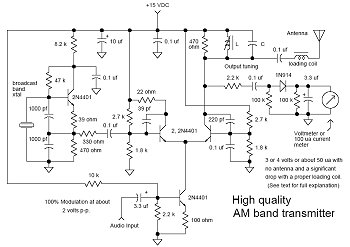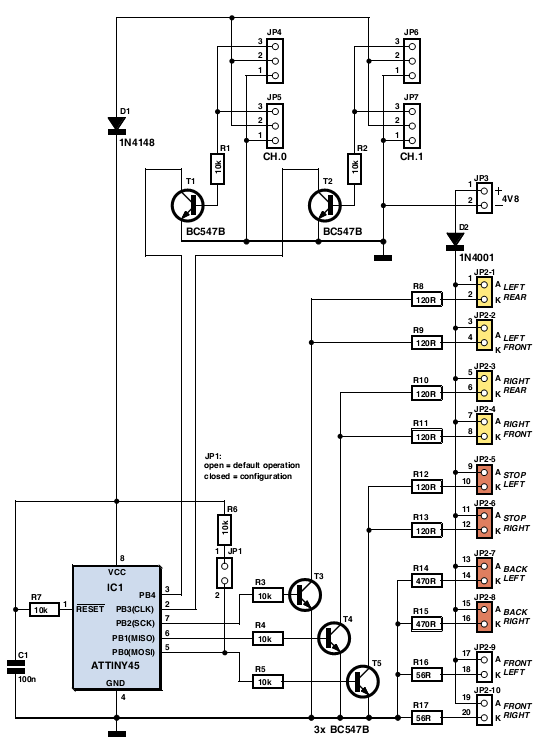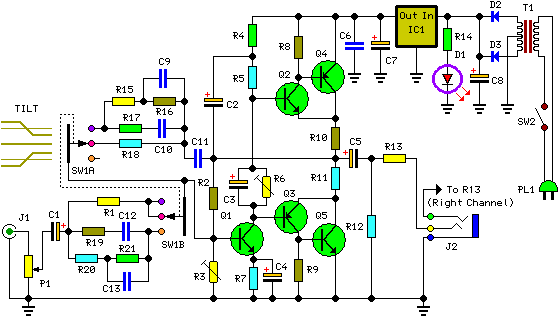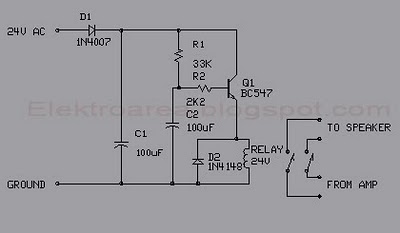
Daytime driving lights schematic
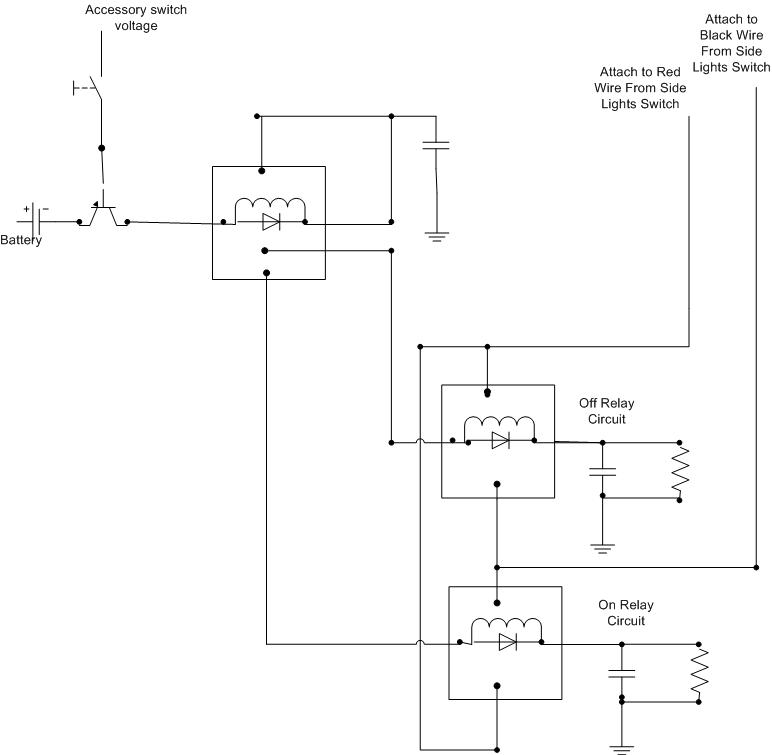
A decision has been made to install daytime driving lights for an Elise vehicle. The intention is to eliminate the need for manually pressing the button on and off repeatedly.
The installation of daytime driving lights (DRLs) enhances vehicle visibility during daylight hours, contributing to increased safety. In the case of the Elise, a compact sports car, integrating DRLs can be achieved through a straightforward circuit design.
The circuit can be constructed using a relay, which will allow the DRLs to be activated without the need for constant manual intervention. A typical setup involves connecting the DRLs to the vehicle's ignition system, ensuring that they turn on automatically when the engine is running.
The relay can be triggered by a 12V signal from the ignition switch. When the ignition is on, the relay closes, allowing current to flow to the DRLs. A fuse should be included in the circuit to protect against overcurrent conditions.
Additionally, a resistor may be used to limit the current to the DRLs, ensuring they operate within their specified voltage and current ratings. The connection points should be clearly marked to facilitate easy installation and maintenance.
For optimal performance, it is advisable to select LED DRLs due to their low power consumption and long lifespan. The physical mounting of the lights should be considered to ensure compliance with local regulations regarding their brightness and positioning.
Overall, this modification will provide a practical solution for maintaining the functionality of daytime driving lights in the Elise without the inconvenience of manual operation.Okay, I ve decided that I want Daytime Driving lights for my Elise. Also I don t want to keep pressing the button on and off each time I.. 🔗 External reference
The installation of daytime driving lights (DRLs) enhances vehicle visibility during daylight hours, contributing to increased safety. In the case of the Elise, a compact sports car, integrating DRLs can be achieved through a straightforward circuit design.
The circuit can be constructed using a relay, which will allow the DRLs to be activated without the need for constant manual intervention. A typical setup involves connecting the DRLs to the vehicle's ignition system, ensuring that they turn on automatically when the engine is running.
The relay can be triggered by a 12V signal from the ignition switch. When the ignition is on, the relay closes, allowing current to flow to the DRLs. A fuse should be included in the circuit to protect against overcurrent conditions.
Additionally, a resistor may be used to limit the current to the DRLs, ensuring they operate within their specified voltage and current ratings. The connection points should be clearly marked to facilitate easy installation and maintenance.
For optimal performance, it is advisable to select LED DRLs due to their low power consumption and long lifespan. The physical mounting of the lights should be considered to ensure compliance with local regulations regarding their brightness and positioning.
Overall, this modification will provide a practical solution for maintaining the functionality of daytime driving lights in the Elise without the inconvenience of manual operation.Okay, I ve decided that I want Daytime Driving lights for my Elise. Also I don t want to keep pressing the button on and off each time I.. 🔗 External reference
